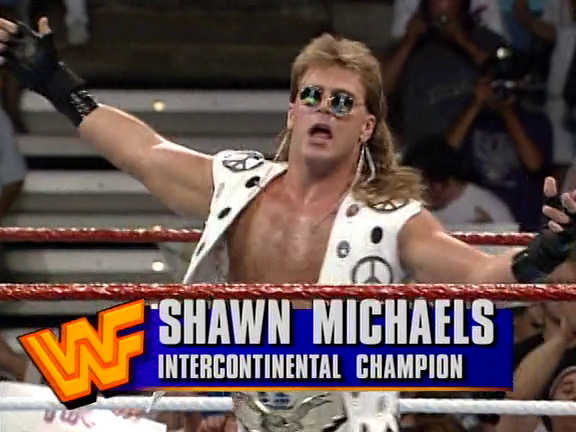
The musician first wore the hairstyle in the year of his coming out press conference. Bowie was famous for his androgynous style, and this one particular hairstyle captured its essence in the way that traditionally, females had long hair and males rocked it short, while he had the best of both worlds. A bright orange waterfall plummeting from the roof of his head was enough to turn everyone’s attention, and the trend (as we know it) was reborn. The 70s came along, and so did David Bowie’s Ziggy Stardust persona. In the US, the style goes all the way back to Native American tribes that often combined a mullet and a mohawk.
Kentucky waterfall mullet free#
With his new, albeit rather rogue and free hairstyle in the days of perfect wig wearing, Franklin looked the role of a “rough-hewn new world sage” which shocked French courts, but also promoted revolutionary vision. Another writer, the Greek-Byzantine scholar Procopius, described the look in his Secret History manifesto, writing that “The hair on their heads they cut off in front back to the temples, leaving the part behind to hang down to a very great length in a senseless fashion.”Īccording to History, in the late 18th century, Ben Franklin used his ‘skullet’ to help charm France into increasing its financial and diplomatic support of America. These groups supported the popular sport (back then) of chariot racing. The term ‘mullet’ wasn’t officially coined until 1994, thanks to the Beastie Boys’ song ‘ Mullet Head ’, but in ancient Rome, what was referred to as a ‘Hun cut’ was an early style that wealthy young ‘hooligans’ wore in the 6th century BC.

For now though, here’s a brief overview for the curious. There’s a reason Alan Henderson wrote a book called Mullet Madness, a history of the look -if you really want to dig your teeth into more. If you really think about it, the hairstyle is practicality at its finest: adaptable in shape, and it keeps your neck warm and dry without getting in your eyes. Just to put into perspective how long people have been rocking the hairdo, this was written in the 8th century Before the Common Era (BCE).

Drawn to places, events, religions or obsessions that drive people congregate.Let’s go back in time, shall we? The well known Greek poet Homer once described the Abantes, which was a group of spearmen, as wearing “their forelocks cropped, hair grown long at the backs” in his poem The Iliad. Craig moved to London shortly after appearing in the Fresh Faced+Wild Eyed show at The Photographers Gallery in 2015. Kentucky Waterfalls is now available as a self-published two-way zine.Ĭraig Gibson is a portrait and documentary photographer originally from Glasgow, Scotland. These images are of some quieter moments.

The festival is high energy and loud fitting the self- identified stereotypes of bogan culture. Now with Mulletfest in its third year running, the town welcomes people from all over the world to participate and spectate in the celebration of the polarizing haircut. The town itself was hit hard by the downfall of the coal mining industry in the early 1960’s and has since struggled to recover. Kentucky Waterfalls was shot at Mulletfest 2020, a three-day mullet festival held at The Chelmsford Hotel in Kurri Kurri, New South Wales, Australia. Support Paper Journal Craig Gibson – Kentucky Waterfalls


 0 kommentar(er)
0 kommentar(er)
